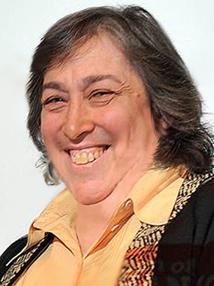BibTex format
@article{Govada:2019:10.3390/cryst9020106,
author = {Govada, L and Chayen, N},
doi = {10.3390/cryst9020106},
journal = {Crystals},
pages = {106--106},
title = {Choosing the Method of Crystallization to Obtain Optimal Results},
url = {http://dx.doi.org/10.3390/cryst9020106},
volume = {9},
year = {2019}
}

